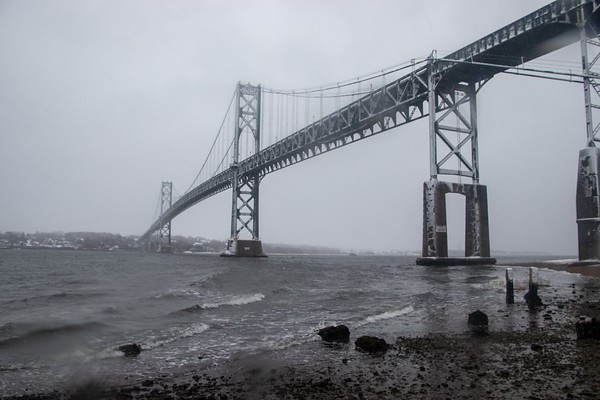The Smokey Bear Effect
If you have been paying attention to national news recently, you may have noticed an influx of stories on large wildfires tearing through the southwest United States. These so-called “megafires” are the products of a long history of fire prevention combined with the growing effects of climate change, which terrorizes residents in many parts of of this area with unstoppable fires.
Wildfires are a natural process that has numerous positive effects on the health of a forest and the surrounding landscape. In fact, regular fires are necessary to a healthy forest. Per the U.S Forest Service, fire has the ability to regulate the forests and keep grass, brush, and trees from growing out of control. The negative effects of fire, according to the Forest Service, are that they “wreck havoc, threaten lives, homes, communities, and natural and cultural resources.” Arguably, all of the negative effects of fire are only a problem because of the expansion of mankind into the natural space of the forests. There aren’t inherent dangers to the environment from natural wildfires; when a fire burns an area, it will grow back naturally on its own, simply as a check or balance to the forest.
Despite these benefits, The U.S. Forest Service, in cooperation with various firefighting and forestry agencies, has a long history of trying to prevent wildfires all together. Through campaigns like Smokey Bear, the Forest Service has created an entirely negative stigma around wildfires and presented a message that there must be absolutely no fires. Some scientists have called this “The Smokey Bear Effect” because of the impact and popular standing the campaign has had over time.
Because of a lack of smaller fires being allowed to run through areas, forests are becoming overgrown with trees, shrubs, and other brush. When these overgrown forests catch fire, they are quickly engulfed in the flames which tower to the tops of the trees and move incredibly quickly. Fires that previously stayed on the ground and burned only the brush are now leaping from treetop to treetop. What happens next is often tragic.
I recently read the book “Granite Mountain,” written by the only surviving member of the Granite Mountain Hotshots, an elite firefighting team, who lost 19 of their 20 members fighting the Yarnell Hill Fire in Arizona in 2013. Sadly, this fire is one of many recent fires where courageous firefighters lost their lives protecting people or property from fires that were not able to be contained. The Yarnell Fire quickly overcame the Granite Mountain Hotshots, who lost their escape route while fighting the fire due to its great speed and intensity. The only survivor and author of the book was the scout, or lookout, who was at the time stationed away from the fire and perched at a position where he could see the events unfold before his eyes.
This unique problem has a number of factors impacting it, including increased drought conditions brought on by climate change, but also a lack of natural fires. Because humankind has taken over the forests, both in property and homes, and for natural resources, it is incredibly dangerous for fires to burn naturally in the forests. But something that is becoming a reality is that we cannot have it all; there is no way to have healthy forests, homes in the forests, and containable fires. This system has caused forests to overgrow, and as drought conditions flourish, the forests are becoming a tinderbox. There is no easy solution; however, if fire management agencies adopt and support policies that allow fires to burn more naturally or order more prescribed burns to mimic a natural burn, forests should thin out to a more natural state, decreasing the scale of the megafire epidemic.





